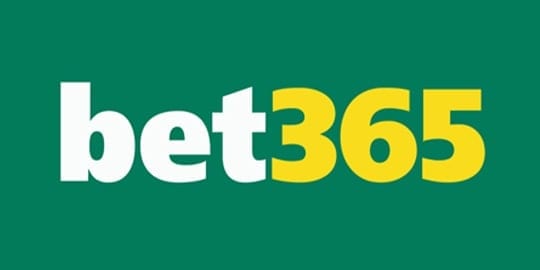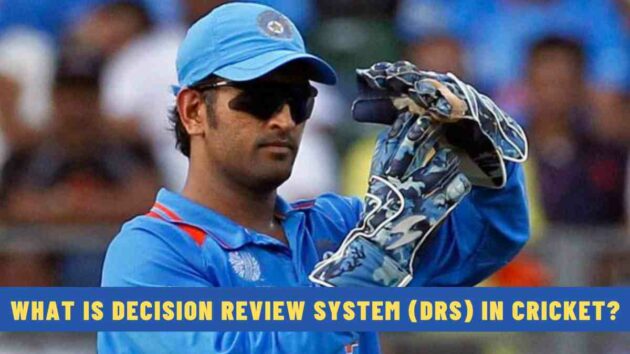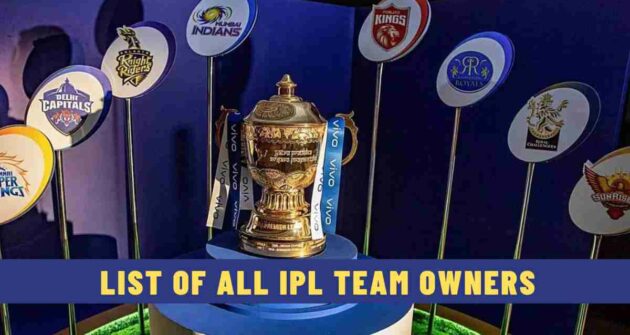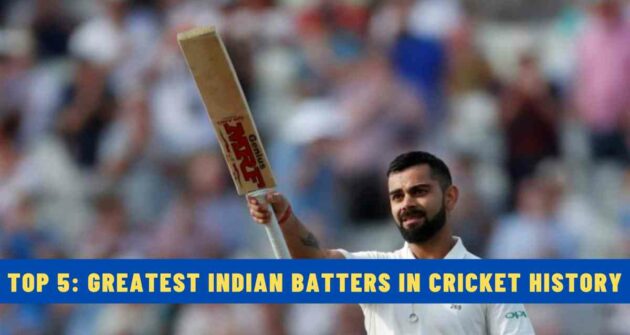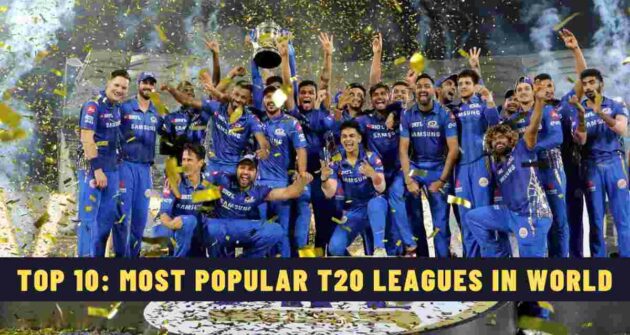After the introduction of T20 cricket, the game has become fast-paced, and a small error from the umpire can prove costly for the batting side or the fielding side, due to which the ICC introduced the Decision Review System (DRS) in cricket.
It is important to modernise technology as the game has evolved quite fast. DRS is a technology-based software that aids the on-field umpires in making the right decision after due consultation with the TV umpire once the fielding team or the batters opt for the DRS.
Table of Contents
How does DRS work?
The fielding team as well as the batting team can use the DRS. If a batter is given not out and if the fielding team thinks that the decision needs to be reviewed again, then it has the right to ask for a DRS.
On the other hand, if a batter is given out LBW, caught behind, or if he thinks that the catch taken by a fielder of the fielding team is not clean, they can ask for a review.
In tournaments like the IPL, even wide balls can be reviewed. DRS helps the umpire decide if a catch is taken cleanly, in which case the TV umpire can assist.
Also Read | 11 Modes of Dismissals in Cricket
When was DRS first implemented?
DRS was first used in 2008 during an India vs. Sri Lanka match at Colombo, and Virender Sehwag was the first batter to be given out through this decision. DRS was implemented in the limited-overs format in 2011 and in T20Is in 2017.
How many types of DRS are there?
There are two types of DRS. The on-field umpire can refer stumpings, run outs, catches, bump balls, boundary checks, hit wickets, etc. to the TV umpire by signalling a TV screen shape, which is known as an umpire review.
A player’s DRS request is to challenge the decision given by the on-field umpire, except for timed-out dismissals. Teams can only take the allotted reviews.
The player review needs to be taken within 15 seconds, and it is taken with a ‘T sign’ with both forearms near the head, and it is for LBW and caught decisions.
Both the batter and the fielding team captain can go for a DRS, but there shouldn’t be any consultation with the dressing room. The on-field umpire first discusses with the TV umpire, explains the happenings on the field, and then tells him to review. There is radio communication between the two officials.
If the third umpire can’t reverse or uphold the decision due to a lack of evidence, then it is the call of the on-field umpire, but if the TV umpire feels the decision has to be reversed, then the on-field umpire needs to reverse it.
What are the tools used in DRS?
The Decision Review System uses upgraded and advanced technology to bring fair results in sports. It uses technology for ball tracking, thermal imaging, sound sensors, and ultra-motion cameras.
Ball tracking technologies like Hawk Eye or Virtual Eye are used for LBW decisions to identify where the ball is pitched and whether it is hitting the stumps. Snickometers and Ultraedge devices are used for LBW or caught-behind decisions as they have sensors to identify whether the ball has hit the bat, pad, or batter.
Ultra Motion Cameras are used by the third umpire to review the data to check if there is any audio spike before, after, or during the ball passing through the bat. A hot spot is used to check whether the ball has made any contact with the bat, pad, or batter using infrared imaging.
Read Next | Ten Best Umpires in Cricket


